Introduction to Kalanchoe
Kalanchoe is a popular genus of succulents known for its vibrant blooms and ease of care. Native to Madagascar and tropical Africa, these plants have gained popularity worldwide as indoor and outdoor ornamental plants. In this article, we will delve into the different varieties of Kalanchoe, their care requirements, propagation methods, and the benefits of adding these beautiful succulents to your plant collection.
Varieties of Kalanchoe
Kalanchoe encompasses over 200 species, each with its unique characteristics. Some of the most popular varieties include:
1. Kalanchoe Blossfeldiana
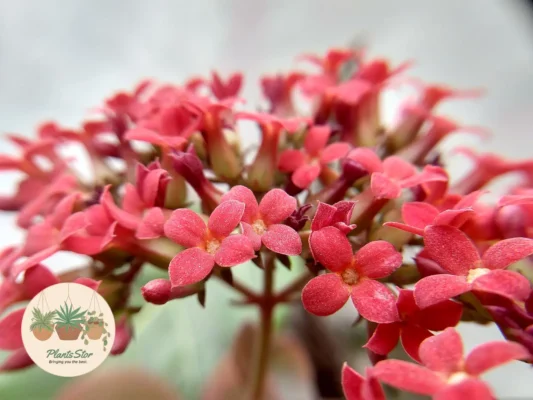
Also known as the Flaming Katy, this variety is famous for its clusters of small, brightly colored flowers that bloom in shades of red, pink, yellow, orange, and white. It is a favorite for indoor gardening due to its long-lasting blooms.
2. Kalanchoe Thyrsiflora
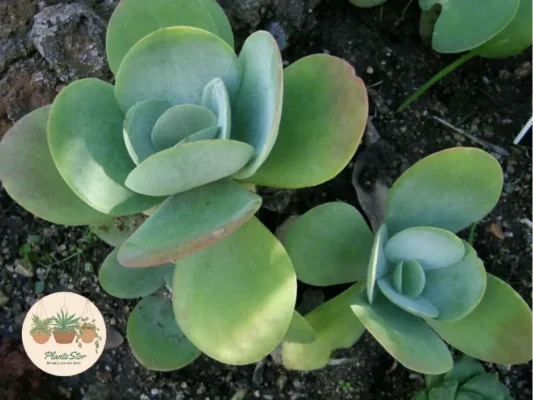
Commonly referred to as the Paddle Plant or Flapjacks, this variety is known for its large, paddle-shaped leaves that take on a red hue when exposed to full sun. It is an eye-catching addition to any succulent collection.
3. Kalanchoe Tomentosa
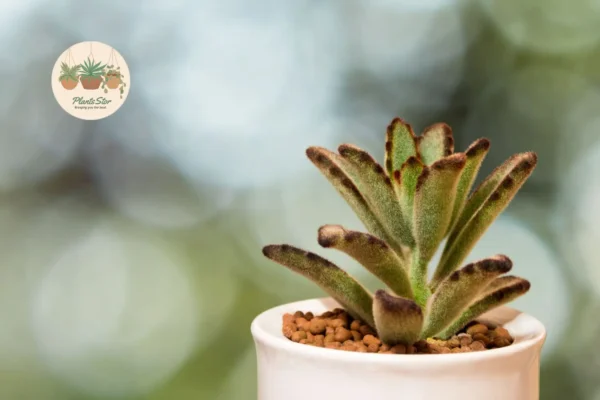
Known as the Panda Plant, this variety features fuzzy, silver-gray leaves with brown spots on the edges. Its unique texture and appearance make it a popular choice among succulent enthusiasts.
4. Kalanchoe Daigremontiana
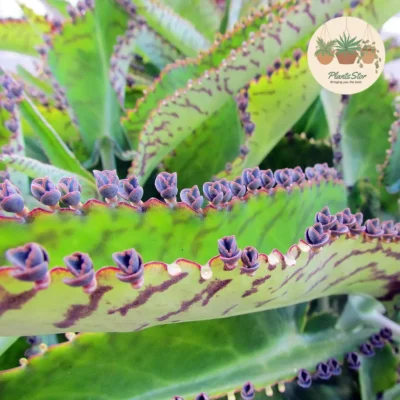
Also known as the Mother of Thousands or Alligator Plant, this variety is noted for its ability to produce plantlets along the edges of its leaves, which can easily be propagated.
Care Requirements
Kalanchoe plants are relatively low-maintenance, making them ideal for both novice and experienced gardeners. Here are some essential care tips:
1. Light
Kalanchoe plants thrive in bright, indirect sunlight. While they can tolerate some direct sun, too much can cause leaf burn. For indoor plants, placing them near a south-facing window is ideal.
2. Watering
These succulents prefer a thorough watering followed by a period of drying out. Water the plant when the top inch of soil feels dry. Overwatering can lead to root rot, so it’s crucial to ensure proper drainage.
3. Soil
A well-draining succulent or cactus mix is ideal for Kalanchoe. You can also add sand or perlite to regular potting soil to improve drainage.
4. Temperature and Humidity
Kalanchoe plants prefer temperatures between 60-85°F (15-29°C). They can tolerate lower temperatures, but prolonged exposure to cold can damage the plant. These succulents do well in average household humidity levels.
5. Fertilization
Fertilize Kalanchoe plants during the growing season (spring and summer) with a balanced, water-soluble fertilizer. Dilute it to half the recommended strength to avoid over-fertilizing.
Propagation Methods
Propagating this plant is a straightforward process, and there are several methods you can use:
1. Leaf Cuttings
1. Gently remove a healthy leaf from the mother plant.
2. Let the leaf cutting dry for a few days to form a callus.
3. Place the leaf on well-draining soil and mist it lightly.
4. Roots will begin to develop within a few weeks, followed by new plantlets.
2. Stem Cuttings
1. Cut a healthy stem from the mother plant, ensuring it has a few leaves attached.
2. Allow the cutting to dry for a few days to form a callus.
3. Plant the stem cutting in well-draining soil and water sparingly.
4. Roots should develop within a few weeks.
3. Offsets (for varieties like Kalanchoe Daigremontiana)
1. Gently remove the small plantlets that form along the leaf edges.
2. Plant them in well-draining soil and mist lightly.
3. They will quickly take root and grow into new plants.
Benefits of Growing Kalanchoe
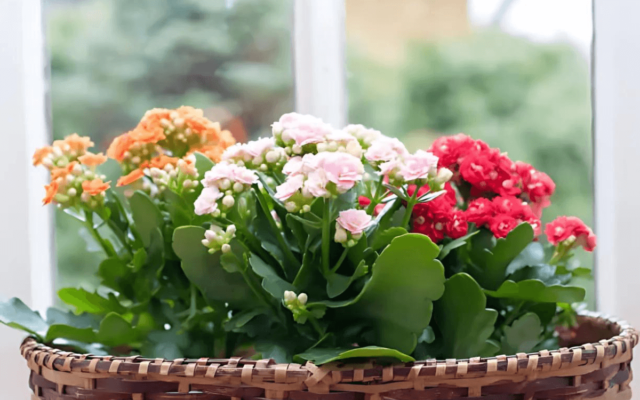
1. Aesthetic Appeal
Kalanchoe plants add a splash of color and texture to any space. Their vibrant blooms and unique foliage make them attractive centerpieces for gardens and indoor settings.
2. Low Maintenance
With minimal care requirements, it is perfect for busy individuals or those new to gardening. They can thrive with little attention and are forgiving of occasional neglect.
3. Air Purification
Like many succulents, Kalanchoe helps purify the air by absorbing toxins and releasing oxygen, contributing to a healthier indoor environment.
4. Versatility
These plants can be grown both indoors and outdoors, in containers or garden beds. Their adaptability makes them suitable for various gardening styles and spaces.
5. Long-Lasting Blooms
The long-lasting flowers of Kalanchoe Blossfeldiana, in particular, provide continuous color for months, making them a popular choice for ornamental use.
Conclusion
Kalanchoe is a delightful addition to any plant collection, offering beauty, ease of care, and versatility. Whether you are looking to brighten up your indoor space or add a splash of color to your garden, these succulents are a fantastic choice. By following the care tips and propagation methods outlined in this guide, you can enjoy the vibrant blooms and unique foliage of Kalanchoe for years to come.
